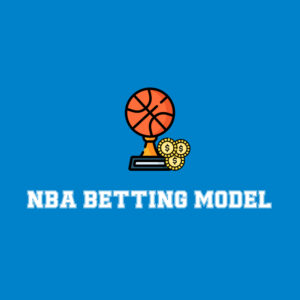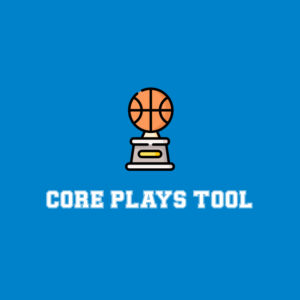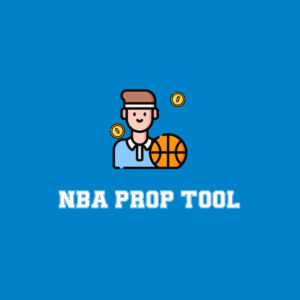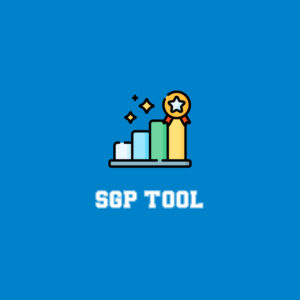
In case you missed it, FTN Fantasy now has one of the top tools in the fantasy baseball stratosphere – the Custom Points & Projections Tool. And I wrote about it last week!
If you’re starting with Part 2 of the series today, here’s a quick refresher on how the tool can help you during draft season.
I know what you’re thinking. This is just some sort of plug, right? Actually, no. It’s a league-winning tool that I’m going to utilize myself throughout the preseason. As someone who drafts in late March and does all my draft prep like a college student cramming for final exams, this tool just made my life a hell of a lot easier. And anyone here at FTN with access will have a major edge on your competition.
Want to single out market inefficiencies? This tool will help expose those. Want to see whether Jackson Merrill is overhyped or actually undervalued? This tool will answer that. Struggling to decide whether you want to deploy a hitter-heavy or pitcher-heavy draft approach? Depending on your league settings, this tool will give you an idea with a few clicks of your mouse. Or a few swipes on your phone.
The tool allows you to tailor your league settings with any roto/H2H categories or points configurations, whether by rank or by auction value. There are default presets for Yahoo, CBS, ESPN and NFBC leagues.
If you play in an ESPN H2H Points league where hitter strikeouts are penalized -10 points, this tool will configure the rankings based on those outlandish league settings.
Play in a league with only one hitter at each position, including outfield? You can alter how many players you have at each position, and the rankings will reflect position scarcity in a way your competition can’t.
Need to adjust your auction values based on only a $150 budget instead of the typical $260 budget? This tool can adjust that for you in seconds. The moral of the story here is that this tool is unlike any other in the industry. It allows for flexibility depending on your league size/league settings and will make it easier than ever to draft the best team possible based on value.
Today, I’ll dive into roto leagues and auction platforms and what I’ve learned using the Custom Points & Projections Tool. I’ll also discuss some other strategy points that emerged while using the tool.
Custom Points Tool Takeaways: Roto/Auction Leagues
The goal of roto leagues isn’t to accrue points, like we discussed last week. It’s about building a solid foundation and being above-average or elite in as many statistical categories as possible. We won’t be able to win a fantasy baseball championship if our pitchers are dominant but our lineup can’t hit a Lance Lynn fastball right down the middle. Conversely, we won’t win a title with a lineup that rakes but a pitching staff that can’t avoid blowup outings to damage our ratios.
Because of this, we don’t have to be obsessed about positions as much as we would in other leagues. We simply need to draft the best players at the best values and hope they contribute at the level we expect. It’s why you’ll see Tarik Skubal in the No. 2 spot of our rankings when you set the scoring dropdown menu to “standard roto.”
In fact, you’ll see a few pitchers listed. In points leagues, there’s no way I’d be using the No. 2 pick on Skubal. But, according to Vlad Sedler’s VDP projections, there’s merit to taking Skubal in roto leagues because he will contribute at an elite level in almost every pitching category. On the far right side, you’ll notice we also have VDP auction values for each player. Depending on the site in which you play, you might be able to get discounts on players in roto leagues by using our tool to find some edges.
Think VDP is too cheery or optimistic on certain players? Toggle the Proj Source dropdown to get the FTN data model’s projections—built by our expert team of data analysts. With cutting-edge predictive modeling and deep statistical analysis, they deliver one of the most advanced projection systems in the industry. You get not one but two powerful projection sources to choose from.
For example, if your league auction settings have Ketel Marte set at a $23 value, he’d be an excellent target because we have his auction value set at $28. You could even play games with your opponents by starting the bidding process at $22 to see if anyone bites. Most people just look at the default value for the player and react accordingly based on that. By nominating him so close to his default value, people might sit on their hands. And if you know you can pay up to $28 for Marte, you might nab him right at $22 for a $6 value. That’s an auction technique for another day, but it’s another example of how this tool can give you insights that your leaguemates may not have.
Another interesting feature we have is the budget control percentage. Perhaps you know it’s more beneficial to draft hitting over pitching in your roto league. Instead of looking at just a basic set of rankings, we allow you to adjust your hitting budget percentage to whatever number you think is most optimal. The rankings will then reflect value based on that specific budget dedicated to hitting.
You can see the hitting budget section of the tool below:
Just change that number to your desired budget and watch the players repopulate based on that filter.
In the same screenshot above, we also allow you to alter your auction budget. Most leagues begin with $260, but I’ve played in some auction leagues with larger budgets (and smaller budgets). It’s always a major hassle to do the conversions yourself – or to simply guesstimate values based on your own personal “feel.”
No need to do that anymore. Spoiler alert: Most of us are lazy, so I think this is an essential part of the tool for anyone in any sort of unique auction league.
Creating Tiers
Although this isn’t directly part of the tool, it’s something that popped into my head as I was playing around with all the configurations. The main goal of every fantasy baseball draft is to build the best team possible with the money (or draft capital) we possess. It’s difficult to nail that down without any sort of assistance. And I’m not just talking about a tool like this, or a binder filled with pre-draft research you may have done.
I’m talking about tiers. Whether it’s fantasy baseball, fantasy football or fantasy anything, you will always increase your chances of drafting a winner if you follow the tier system.
Here’s a great example. If you notice that your auction league has already nominated José Ramírez, Austin Riley and Jazz Chisholm Jr. at the third base position, you could use our VDP auction values below to draw some pretty important conclusions:
With the top three players off the board at the position, there’s still a borderline elite option in Manny Machado on the board. If you haven’t taken a third baseman to that point, and you’re relatively secure in other areas, it might behoove you to prioritize Machado when his name gets called. While Ramírez is probably in a tier of his own, there’s a pretty clear Tier 2 set of options in Riley, Chisholm and Machado. Beyond the latter, it drops off a small cliff, and you’d be rolling the dice with some riskier assets. Side note: I’m still relatively high on Rafael Devers, but you get the point.
Without using the tier system, you might see Machado’s name pop up and think, “Eh, I could wait and grab someone else.” That would hurt your team, because you’d be passing up on a Tier 2 option in favor of a Tier 3 player (or worse). It’s extremely important to draw a line in the sand at each position so you know when it’s essential to draft a player there before it’s too late. You won’t always be able to draft a top-tier player at each position, but creating a tier system by using this tool can help you recognize position scarcity and value.
Other Tool Features
If you’d rather group players by their statistical projections instead of their auction dollar value, that’s available with our tool as well. Just change the filter on the tab second from the right labeled “type” and make sure to select “league stats” instead of “draft value.”
Just a few more basic points before we get out of here. To the left of the “scoring” tab, you can change the player pool from “All MLB” to “NL” or “AL,” in case you play in one of those exclusive leagues. Everything else should be rather self-explanatory. I’m not the most tech-savvy person out there, and it didn’t take me long to feel comfortable using the tool.
In fact, I used it to select some of the keepers in my home ESPN H2H points league. I’ll use it to create a tiers sheet, like I mentioned above, and I’ll use it throughout draft season to assist me with whatever customized metrics I need. That’s the best part about it. It’s flexible, it’s easy to use and it’s jam-packed with all the preseason information, projections and dollar values you’ll need to start the season with a successful foundation.
If you’re having any issues with the tool, or if you have any other general draft questions, feel free to reach out to us in the FTN Fantasy Baseball Discord. Also, if you like reading about general fantasy baseball strategy, make sure to check out my Small Ball series that will still run throughout the preseason/regular season.








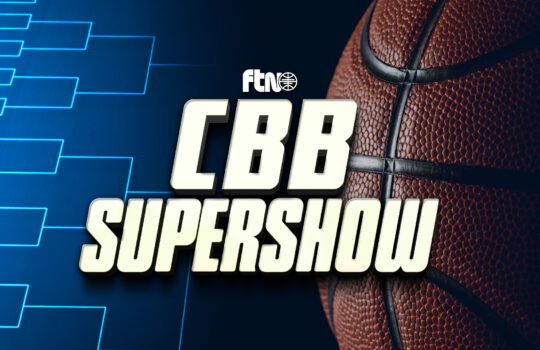

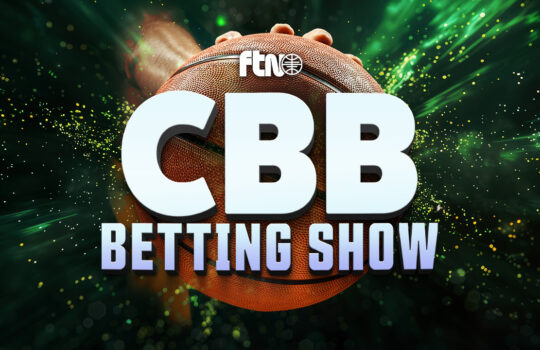










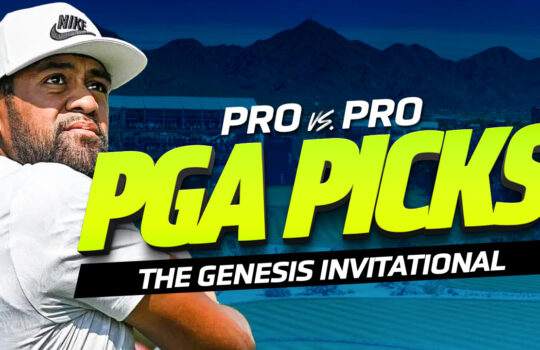
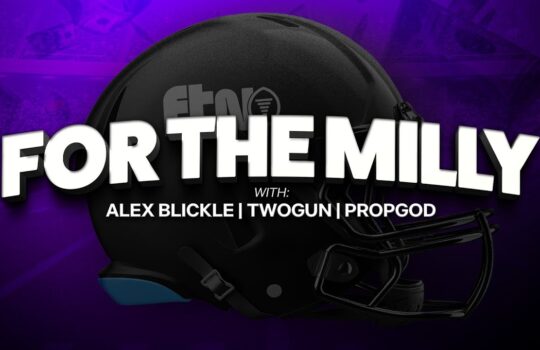






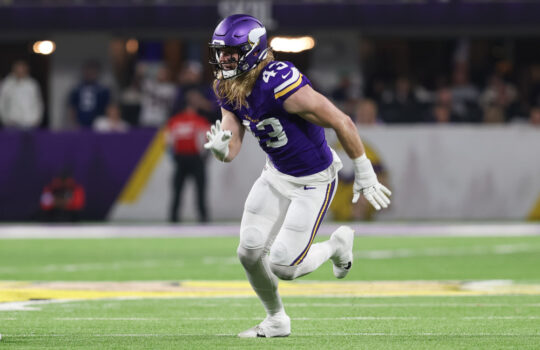



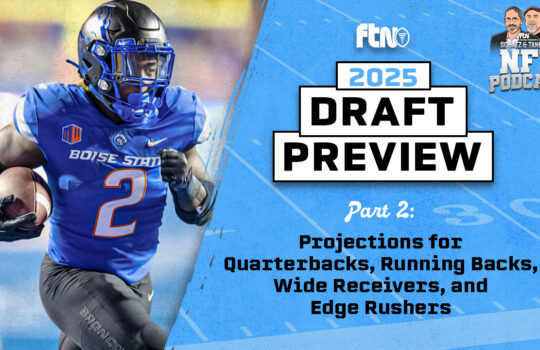

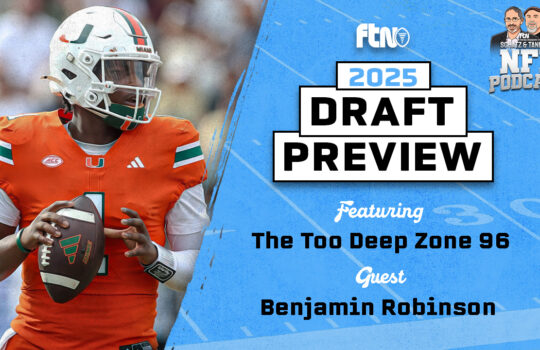
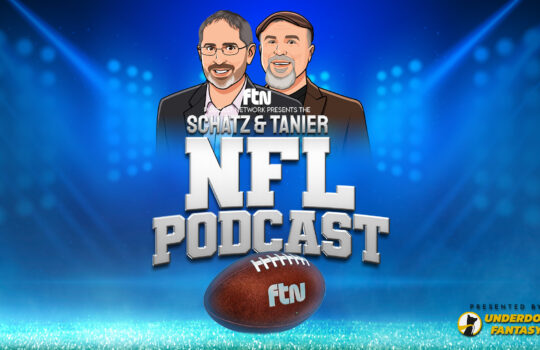








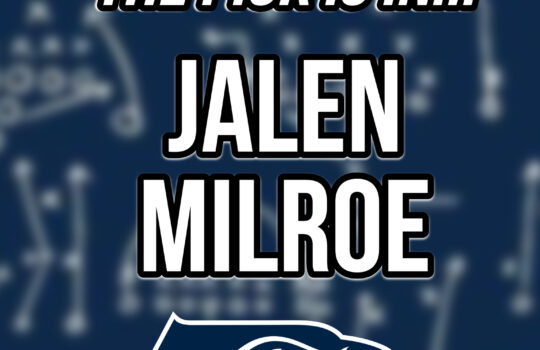

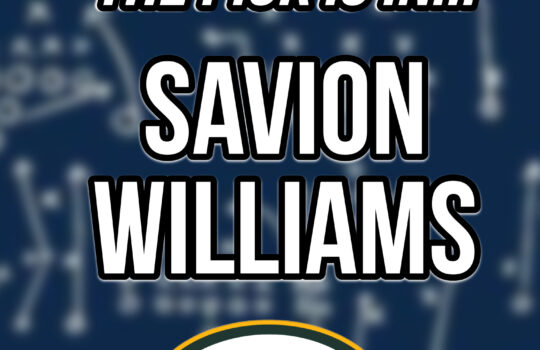
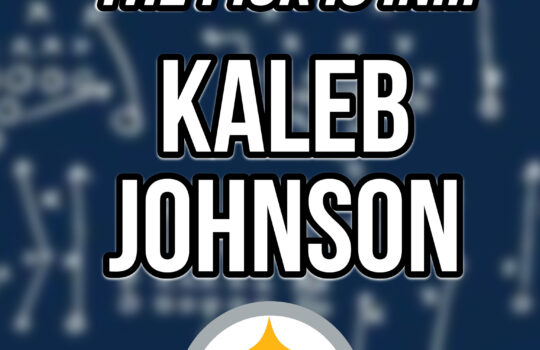

 New York Jets
New York Jets  New England Patriots
New England Patriots 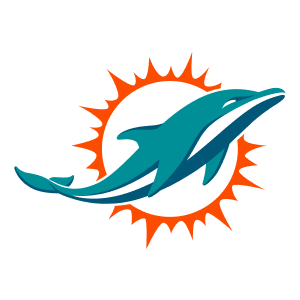 Miami Dolphins
Miami Dolphins  Buffalo Bills
Buffalo Bills  Pittsburgh Steelers
Pittsburgh Steelers  Cleveland Browns
Cleveland Browns  Cincinnati Bengals
Cincinnati Bengals 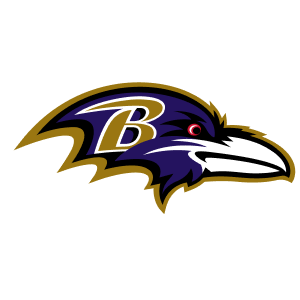 Baltimore Ravens
Baltimore Ravens 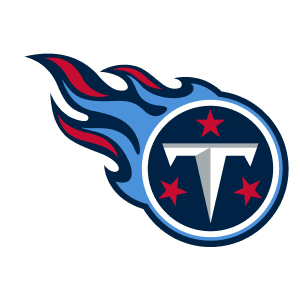 Tennessee Titans
Tennessee Titans  Jacksonville Jaguars
Jacksonville Jaguars  Indianapolis Colts
Indianapolis Colts  Houston Texans
Houston Texans  Las Vegas Raiders
Las Vegas Raiders 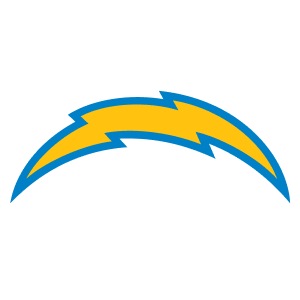 Los Angeles Chargers
Los Angeles Chargers  Kansas City Chiefs
Kansas City Chiefs 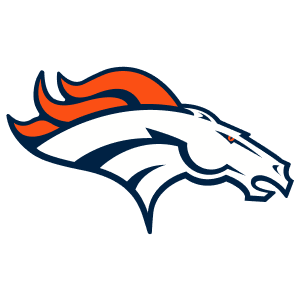 Denver Broncos
Denver Broncos  Washington Commanders
Washington Commanders  Philadelphia Eagles
Philadelphia Eagles 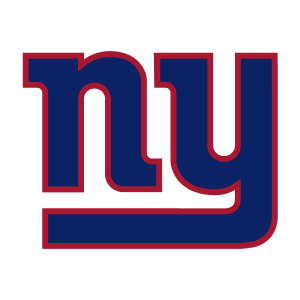 New York Giants
New York Giants  Dallas Cowboys
Dallas Cowboys 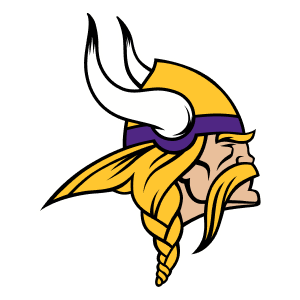 Minnesota Vikings
Minnesota Vikings 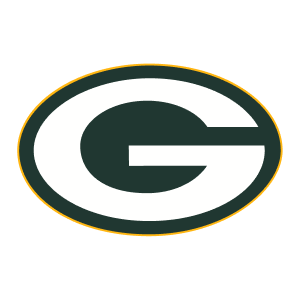 Green Bay Packers
Green Bay Packers 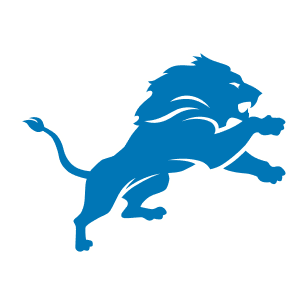 Detroit Lions
Detroit Lions 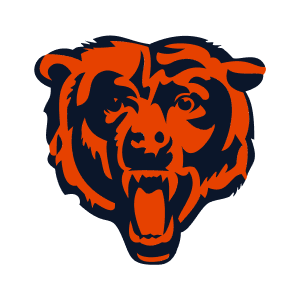 Chicago Bears
Chicago Bears 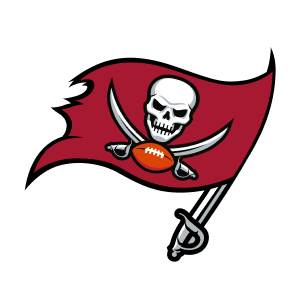 Tampa Bay Buccaneers
Tampa Bay Buccaneers  New Orleans Saints
New Orleans Saints 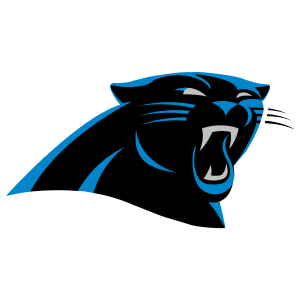 Carolina Panthers
Carolina Panthers 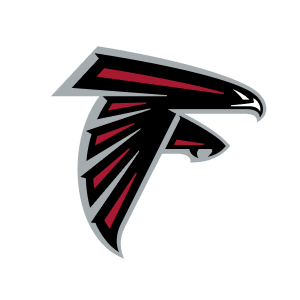 Atlanta Falcons
Atlanta Falcons 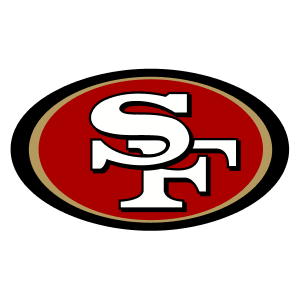 San Francisco 49ers
San Francisco 49ers 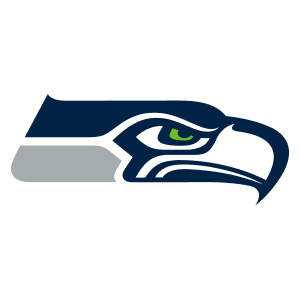 Seattle Seahawks
Seattle Seahawks 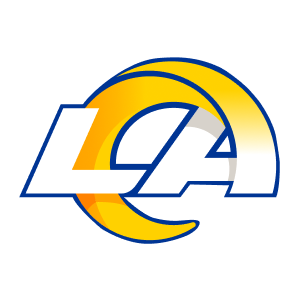 Los Angeles Rams
Los Angeles Rams 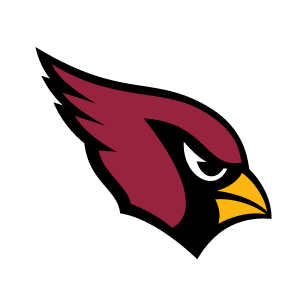 Arizona Cardinals
Arizona Cardinals 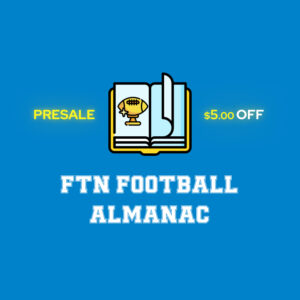
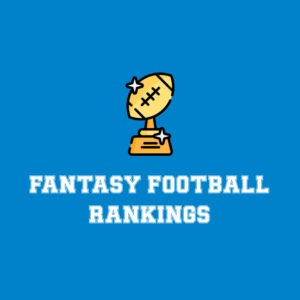
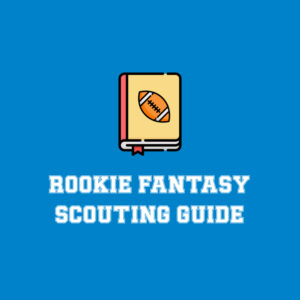
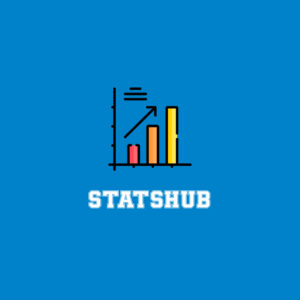
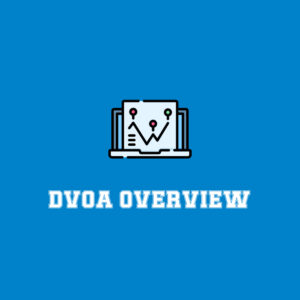
 Boston Celtics
Boston Celtics  Brooklyn Nets
Brooklyn Nets 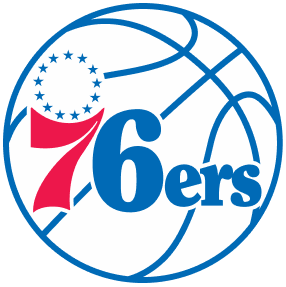 Philadelphia 76ers
Philadelphia 76ers  New York Knicks
New York Knicks  Toronto Raptors
Toronto Raptors  Chicago Bulls
Chicago Bulls  Detroit Pistons
Detroit Pistons  Milwaukee Bucks
Milwaukee Bucks  Cleveland Cavaliers
Cleveland Cavaliers  Indiana Pacers
Indiana Pacers  Orlando Magic
Orlando Magic 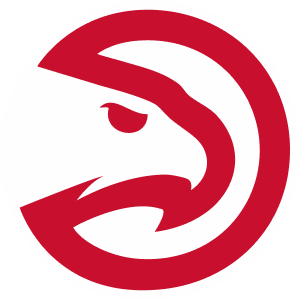 Atlanta Hawks
Atlanta Hawks  Charlotte Hornets
Charlotte Hornets  Miami Heat
Miami Heat  Washington Wizards
Washington Wizards  Denver Nuggets
Denver Nuggets 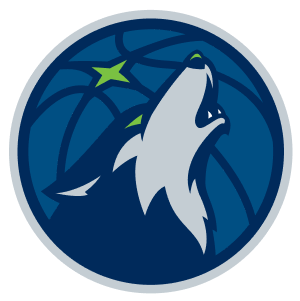 Minnesota Timberwolves
Minnesota Timberwolves  Oklahoma City Thunder
Oklahoma City Thunder  Portland Trail Blazers
Portland Trail Blazers  Utah Jazz
Utah Jazz  LA Clippers
LA Clippers  Golden State Warriors
Golden State Warriors  Los Angeles Lakers
Los Angeles Lakers  Phoenix Suns
Phoenix Suns  Sacramento Kings
Sacramento Kings  Dallas Mavericks
Dallas Mavericks  Houston Rockets
Houston Rockets  Memphis Grizzlies
Memphis Grizzlies  New Orleans Pelicans
New Orleans Pelicans  San Antonio Spurs
San Antonio Spurs 
